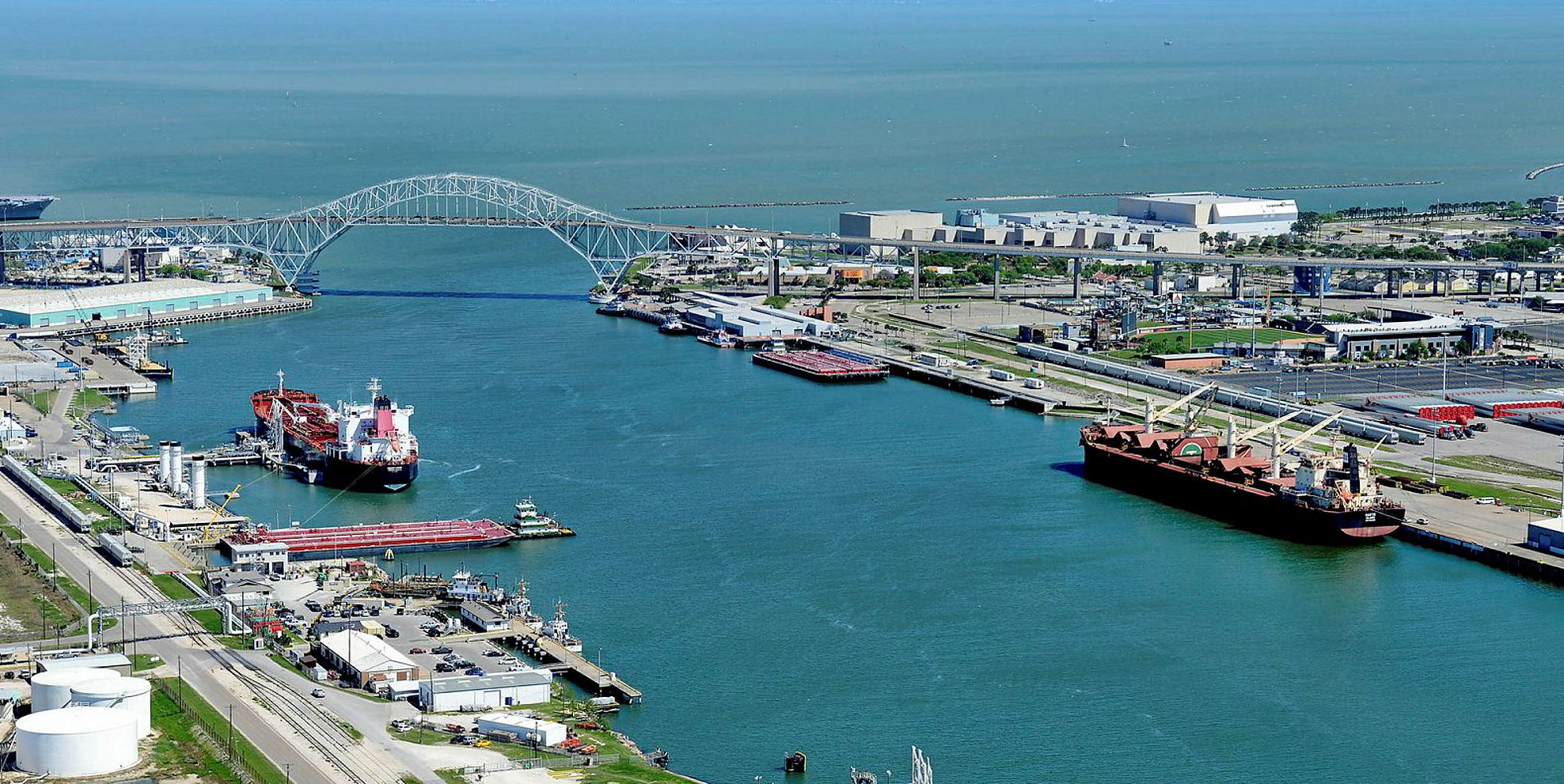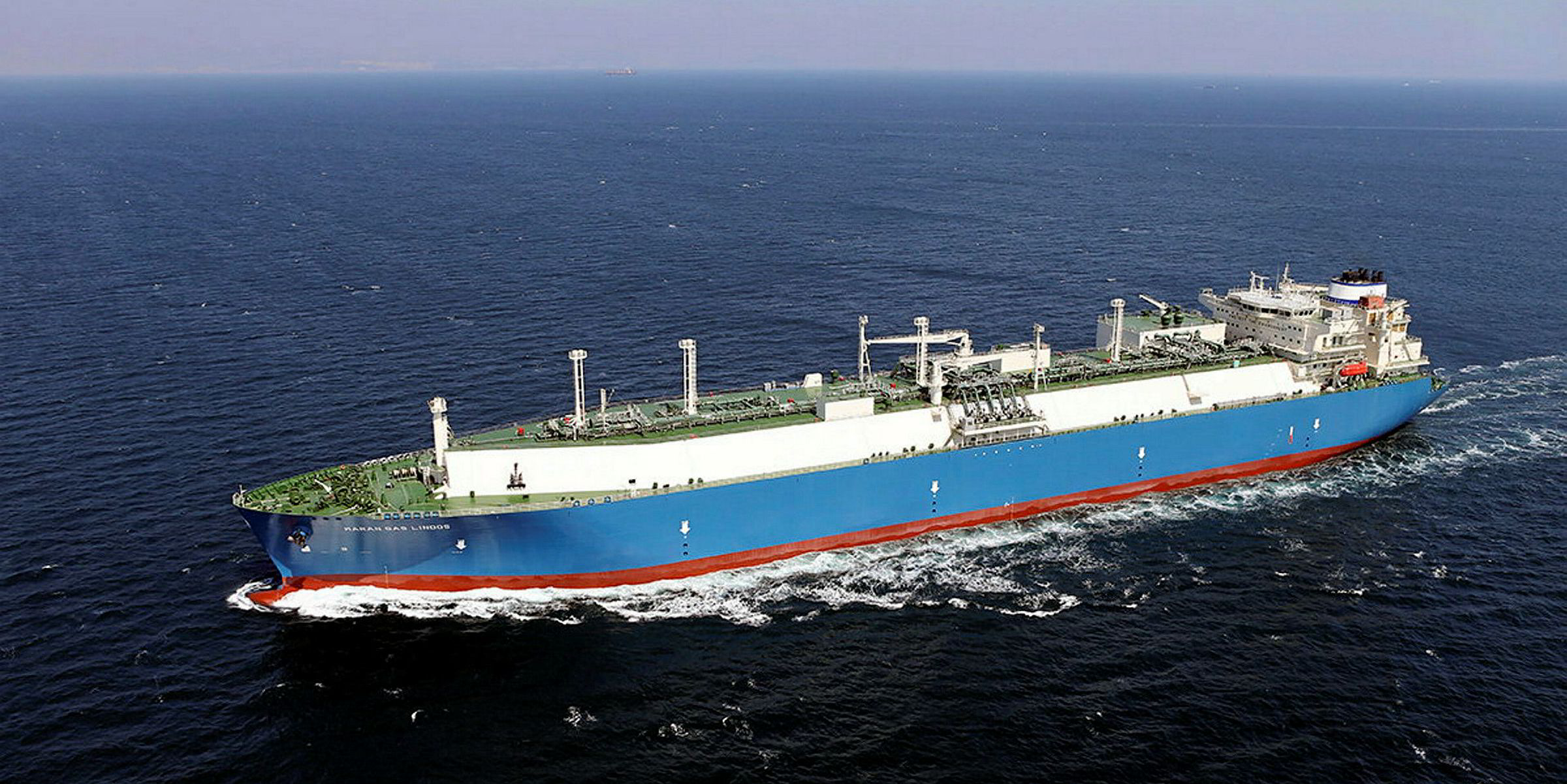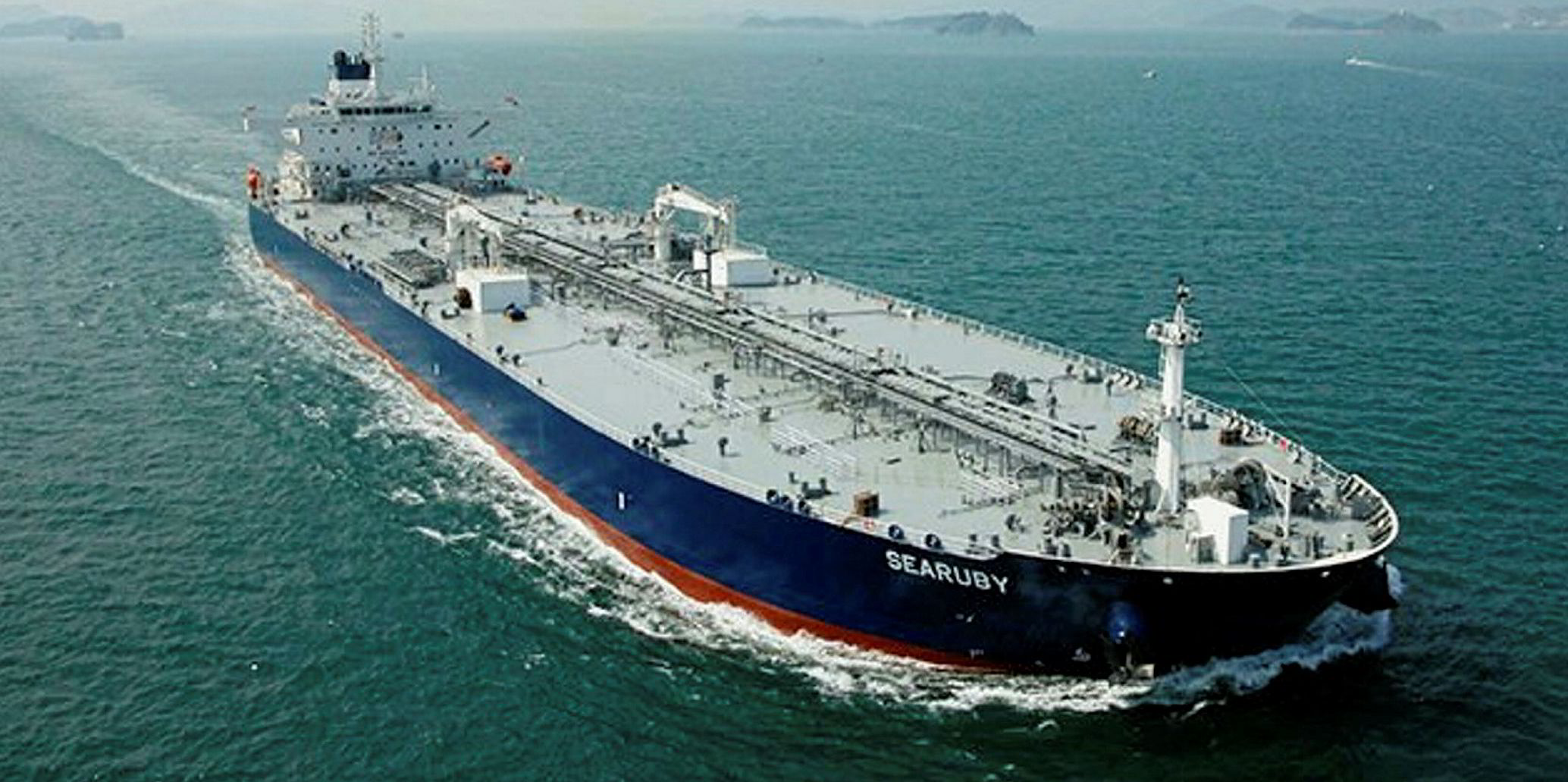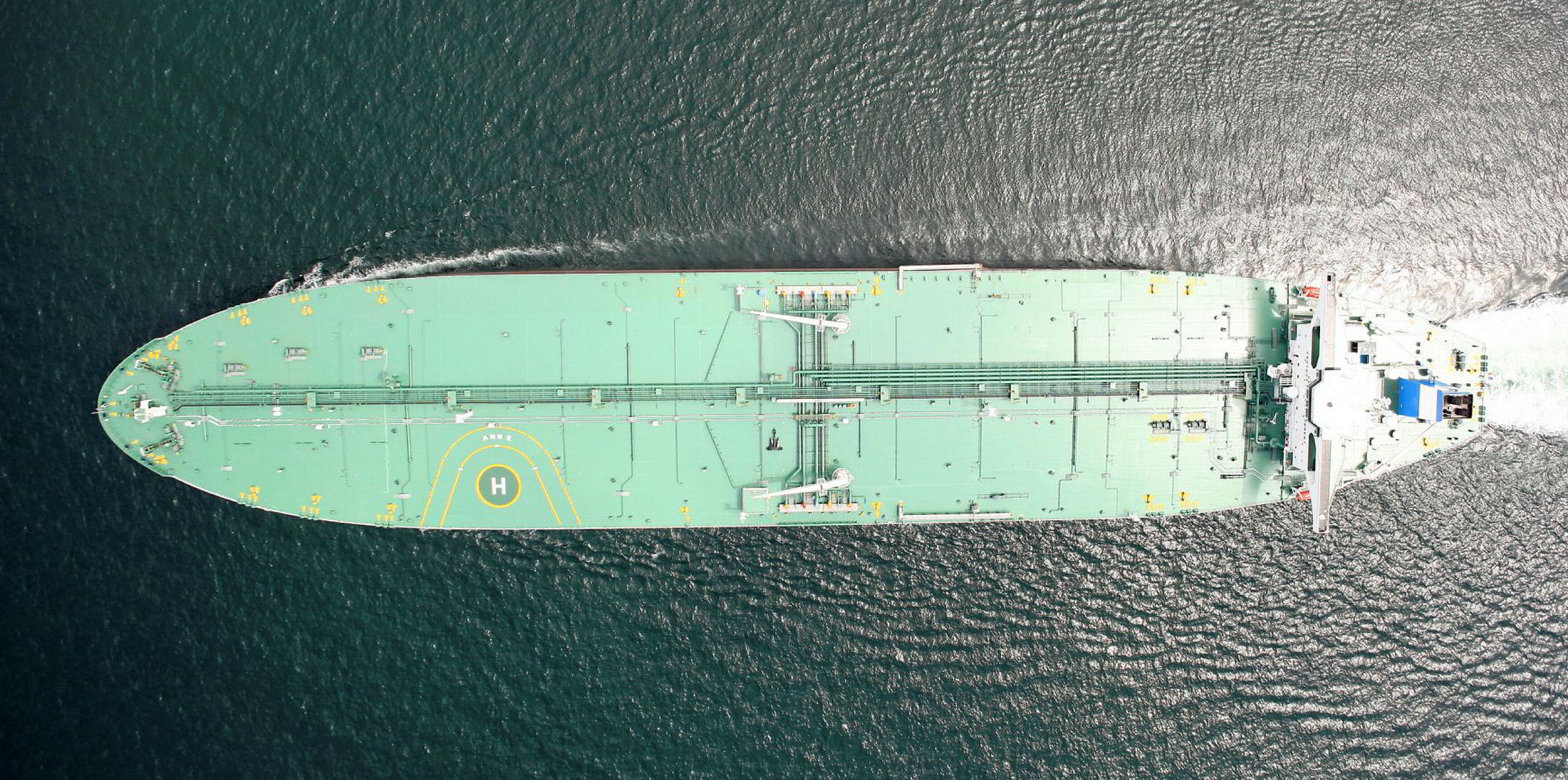Annual research forecasts suggest a significant increase in US crude production next year, which bodes well for tanker owners.
With US producers set to increase overseas sales to Europe and Asia as export infrastructure develops, shipping players suggest all crude tanker sizes are well placed for a windfall.
“Higher production [equals] higher exports,” Alphatanker said in a weekly note. “The lion’s share of incremental US crude production will be exported if it is not to end up in storage.”
According to the International Energy Agency (IEA), the number of rigs in operation fell by 214 year-on-year to 663 as of early December, largely due to lacklustre production margins.
While smaller players will continue to slash output, the IEA has predicted output rising at Pioneer Natural Resources, EOG Resources, ExxonMobil and Chevron.
“As such, US crude oil production is expected to increase by 760,000 barrels per day (bpd) [in 2020],” according to the IEA.
The US Energy Information Administration (EIA) has also anticipated US production will grow to 13.2m bpd in 2020 from 12.3m bpd this year, driven by shale business.
“Despite the decline in rigs, EIA forecasts production will continue to grow as rig efficiency and well-level productivity rises, offsetting the decline in the number of rigs,” it said in its latest Short-Term Energy Outlook report.
Rising production comes as pipeline projects connecting the Permian Basin to export terminals in the US Gulf are expected to start full operation in 2020, including Phillips 66’s 900,000-bpd Gray Oak project and EPIC Crude Holdings’ 600,000-bpd Crude Oil Pipeline.
On the terminal side, Magellan Midstream Partners and LBC Tank Terminals are due to complete their 700,000-barrel expansion of Seabrook storage by the end of December, while Moda Midstream’s 10m barrel crude storage expansion in Ingleside will be in operation by the second quarter of 2020.
Buckeye Partners is also set to complete its South Texas Gateway Terminal, which has tank capacity for between 3m and 5m barrels, during the summer of 2020.
Andrew Wilson, head of tanker and energy research at BRS, has predicted a 800,000-bpd hike in US crude output next year, of which 700,000 bpd are to be exported. But he has also warned of an “export wall” that will be hit sometime between 2020 and 2022.
Benefits for tanker owners
With China cutting back on US crude amid the ongoing trade war, US producers have been shipping a large chunk of incremental crude output to Europe — a development that has supported aframax owners.
Based on Alphatanker data, aframaxes have accounted for 58% of this year’s US crude liftings up until early December, suezmaxes 17% and VLCCs 18%.
US crude exports to Europe have exceeded 900,000 bpd this year, compared with 550,000 bpd in 2018, according to Alphatanker.
However, China and the US are set to sign a so-called phase-one trade deal in January. While initial media reports do not suggest US energy exports are included in the agreement, some analysts are optimistic that long-haul shipments on VLCCs will eventually resume as the two countries look to balance their bilateral trade.
“The return of long-haul US crude oil volumes to China would only be supportive to the already-strong market conditions in this sector,” Evercore analyst Jonathan Chappell said.







